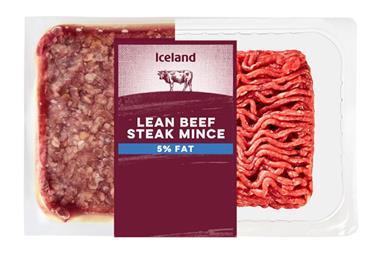
Sustainability. It is now the topic of a generation. From being a huge influence on almost every purchasing decision we make as shoppers, to being integral to brand marketing messaging. Let’s face it, we’ve reached a point where sustainability can no longer be ignored, and brands and retailers are starting to play their part in making positive changes.
More than just being a ‘nice to have’, shopper mindsets have changed and strong sustainable initiatives are now expected by shoppers more than ever before. In fact, 66% of UK adults think sustainable practices in retail will make a real difference to the environment.
So how can brands execute sustainability marketing initiatives well?
By being simple and meaningful. Brands need to be clear about their purpose, the initiative they are trying to convey and avoid falling into the ‘woke-washing’ category of not practising what they preach. PG Tips is a great example of doing it well – last year it announced that all its tea bags were going to be bio-degradable and free from synthetic materials in an aim to cut down on plastic pollution. It’s a simple message with clear deadlines, and PG Tips followed it through.
The reality is, as we see more brands following the likes of PG Tips, we will likely also start to see changes in the shopper media industry as a result of this mindset shift and increasing demands from shoppers.
Retailers are likely to respond to change too, with continuous aims of reducing cardboard in store. For shopper media, this isn’t necessarily a bad thing. Less cardboard means the campaigns that remain in-store will be more impactful to shoppers, the brands involved will receive a greater share of voice and implementation costs will be lower for retailers. If managed well, it won’t lead to a decline in marketing spend in this category.
We have been seeing a shift to more sustainable media options becoming attractive to brands, such as digital proximity channels and in-store digital platforms. This shift is evident as we have recently seen a quarter of all our clients’ shopper media spend go into digital media channels, compared with just 8% three years ago.
In-store digital platforms are also hugely beneficial in allowing campaigns to be far more reactive and flexible – brands can target specific shopper demographics and it allows brands to be creatively bold. If done cleverly, brands can utilise these benefits to make their sustainable messaging seem more organic and natural within their wider marketing campaigns too.
In order to be truly sustainable, brands and retailers will need to continue working collaboratively and communicate any changes made for the benefit of sustainability. It’s evident that lots of changes are being made and I’m excited to see how the shift in sustainable mindsets will continue to develop shopper media.



















No comments yet